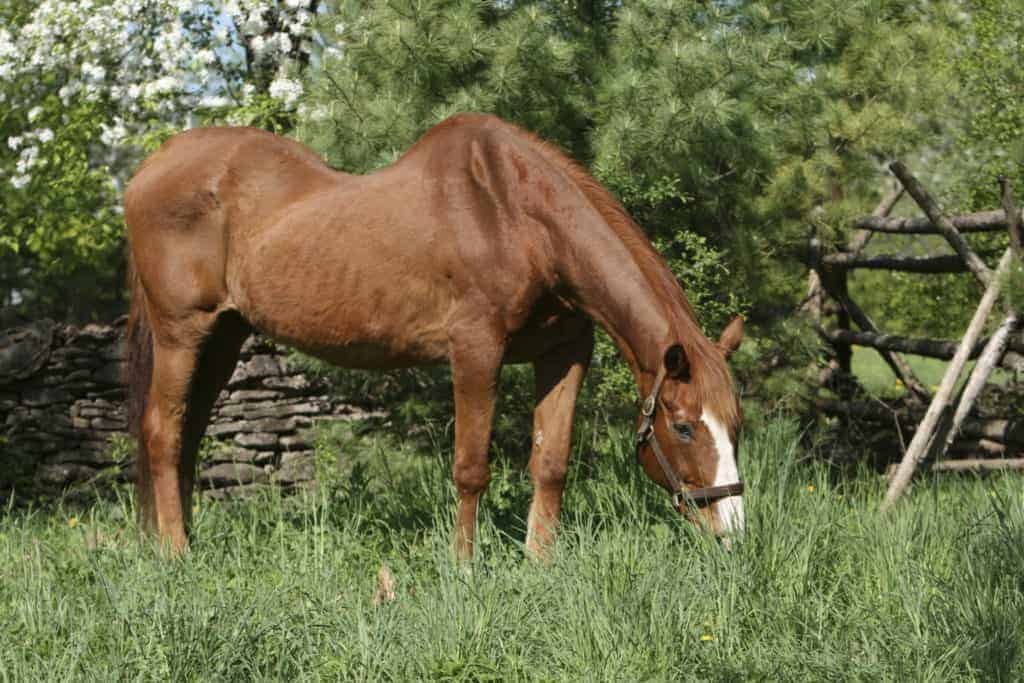Cohen Discusses Epidemiology in the 2011 Milne Lecture
Texas A&M professor Noah Cohen, VMD, MPH, PhD, Dipl. ACVIM, delivered the Frank J. Milne lecture Nov. 20.
Texas A&M professor Noah Cohen, VMD, MPH, PhD, Dipl. ACVIM, delivered the Frank J. Milne lecture Nov. 20.
Two equine researchers were presented today with the inaugural 2011 EQUUS Foundation Research Fellowships.
Pfizer will support continuing education (CE) for the organization’s veterinarian and student members.
A group of exceptional fourth-year equine veterinary medicine students will receive $2,500 scholarships.
The American Association of Equine Practitioners Convention will take place Nov. 18-22 in San Antonio, Texas.
Speaker Dennis Snow will guide practitioners in achieving service excellence during his Nov. 19 presentation.
Texas A&M University professor Noah Cohen, VMD, MPH, PhD, Dipl. ACVIM, will show equine practitioners how to

Clearly defined diagnostic criteria could help veterinarians detect BFS earlier and more accurately.

The starry sky pattern is an unusual and dramatic ultrasonographic appearance of the equine liver.
Veterinary students are often taught that dogs are three-legged animals with a spare. It might be surprising to some that the same adage is a suitable description for horses, too. “In horses where conditions exist that prevent the use of traditional
A variety of equine conditions can present with clinical signs that include colic pain, fever, decreased appetite, and weight loss. Similar signs occur with abdominal abscesses, making them challenging to diagnose. At the 2010 American Association of
When a veterinarian suspects a horse’s joint is infected, but it is not practical or feasible to obtain a joint fluid sample, he or she should consider using ultrasound to image the joint. Alex Young, BVSc, of the University of California, Davis’
Recent surveys of equine veterinarians reveal that laminitis is the No. 1 lameness concern of equine practitioners, due how difficult it is to treat and manage this debilitating condition. On the topic of laminitis control, Heidi Reesink, VMD, a
A study showed that oral detomidine gel successfully sedated horses for routine procedures.
The idea of being able to “unsedate” or “reverse” a sedated horse after minor procedures is a great one, but veterinarians must select their cases carefully and be vigilant about using these drugs properly.
When new bone forms within long bones, enostosislike lesions (ELLs) can develop–an uncommon but concerning problem. Simply put, ELLs are bony growths within the cavity of the bone. At present, the exact cause of this phenomenon is unknown but
Stay on top of the most recent Horse Health news with
"*" indicates required fields